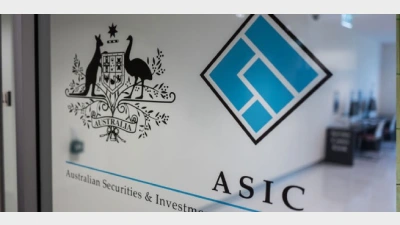Vision Super to lower member fees



In a year in which fees have been under the spotlight, Vision Super has announced that it will lower its administration and investment fees following saving $150 million over the last 4.5 years by cutting costs.
The change would see the asset fee component of administration fees cut from 20 bps to 18 bps, and investment fees decreased on most options. The default balanced growth option would go from 88 bps to 68 bps, 19 bps below the industry average.
Announcing the cut, Vision Super chief executive, Stephen Rowe, said that the fund had put a lot of effort into lowering fees over the last few years.
“We’ve had a relentless organisational focus on cost downs, including renegotiating contracts, replacing our ageing bespoke administration system, and reducing costs on the investment side including by reducing the number of investment managers from 68 in January 2013 to 53 today, and moving some of our investments to passive portfolios,” he said.
Recommended for you
State Super has begun its partnership with Frontier Advisors, transferring investment staff and taking a major equity stake to support long-term capability.
The fund has recorded double-digit MySuper gains over the year to 31 October, outperforming market medians and highlighting global equities and private credit positioning.
The regulator invited industry feedback on stamp duty and private debt disclosure reforms following its targeted review of investment reporting.
The winners have been announced for the 2025 Super Fund of the Year Awards, held in Melbourne on 26 November.









